October by all measures is going to be a month of great contradictions. On one hand, Saudi Arabia is organising a festival of cultural harmony in its capital city, Riyadh, while Pakistan is hosting Zakir Naik, a staunch Islamist for a state visit who is all set to address a crowd of more than one lakh people at a mosque in Lahore.
What can be more amusing than this is that Saudi Arabia, the original abode of Islam where the world’s second largest religion emerged in the early seventh century, a place that also houses the birthplace of Prophet Mohammed, is sending a message of tolerance, harmony, and cultural coexistence. Whereas Pakistan, a breakaway territory from the Indian civilisation that got introduced to Islam only through invaders, is sending a message that ‘Islam is supreme to every other religion’ to the world?
Starting this week, people from different religions, cultures, and nationalities will gather in Riyadh to celebrate diversity that centres around their stay in the Islamic Kingdom. It is an endeavour by the Saudis to showcase the country’s cosmopolitan character to the world as part of its ‘Vision 2030’ strategy. In the last few years, Saudi Arabia, the United Arab Emirates, as well as many other Islamic states in the West Asia region, have pivoted away from hardline Islam and have instead turned towards more liberal and modern values. In 2020, the UAE surprised the world by launching a space mission to Mars, becoming the first ever Arab country to do so.
The same year, it also organised Dubai Expo 2020 to showcase its commitment to emerging technologies. Similarly, Saudi Arabia has adopted a ‘Vision 2030’ strategy to modernise the country’s economy by increasing stakes in sectors such as technology, tourism, and entertainment in order to reduce the country’s dependence on oil. Other countries in the region are also not far behind, as Qatar has launched a range of initiatives to transform itself into a knowledge-based economy, whereas Oman is betting big on renewable energy.
What explains the push towards economic diversification and modernisation for these Islamic countries is the diminishing returns from oil. In recent years, the world has arrived at a consensus that fossil fuel-based energy is detrimental to the environment, leading to a switch to clean energy.
Impact Shorts
View AllThe growing attention on climate change is also ensuring a future where scope for oil will be very limited. Interestingly, countries such as Saudi Arabia and the UAE that have gained big from oil revenue are themselves shifting to green energy. Then there is also the moot question of the finite supply of fossil fuel-based energy resources. For all practical purposes, the oil reserves are diminishing at a fast rate, and their replenishment would take millions of years. Combined with these reasons is an upcoming generation of job-seekers whom the oil economy cannot accommodate.
Hence, all the countries in the region are experimenting with reforms to reduce their dependence on oil. In the effort to become a modern economy, they also will have to shift to a more tolerant version of Islam, one that can attract more global talent to their shores. Thus, for this reason, almost all of them have embraced path-breaking reforms in the recent years of which women have emerged to be a great beneficiary.
In 2018, Saudi Arabia lifted a decades-old ban allowing women to drive vehicles. This was followed by an end to another regressive practice where women needed consent from male guardians for some very basic needs such as education and healthcare. Now there is a higher degree of freedom for women to make their professional choices.
As per a 2023 report released by the International Monetary Fund, women now account for 36 per cent of the total workforce in Saudi Arabia. This has been accompanied by a greater participation of women in almost every single field, including sports and politics.
Ironically, even as the West Asian region, the original birthplace of Islam, is embracing modern values and diversity, countries in the Indian subcontinent are witnessing an unfortunate regressive turn towards radical Islam. From the past many days, the state in Pakistan has unleashed psychological violence on the country’s women by inviting Zakir Naik as a state guest, an Islamist who is calling them Bazaru (slur used for sex workers) for doing jobs that are not sharia-compliant.
Even as Naik is enjoying Pakistani hospitality in return for delivering speeches laced with lessons from radical Islam, the situation is equally worse in Bangladesh, where, after slaughtering and raping the Hindus, the attention of Islamists has now turned to Muslim Bangladeshi women and children. Multiple videos are surfacing from Bangladeshi towns showing Islamist goons beating up or harassing women for not wearing hijab. In fact, there exists a real possibility that Bangladesh may soon impose Sharia law, putting an end to the hopes of a plural-liberal society.
If one draws a comparison between the Gulf countries and the states in the Indian subcontinent today, a new reality emerges: West Asia is no longer the cradle of radical Islam. Its place is fast being taken by countries in India’s own neighbourhood, and that definitely includes countries like Bangladesh and Pakistan. At one point, the Gulf countries, especially Saudi Arabia, were the biggest proponents of radical variants of Islam such as Wahhabism. Saudi Arabia not only fashioned its own political as well as religious system on the Wahhabi principles, but it also played a crucial role in exporting radical ideas to the rest of the world by promoting them with booming oil money. The motive to do so was to maintain Saudi leadership in the Islamic world, particularly in face of the challenge from Shi’ite Iran. But Saudi Arabia and other proponents of radical Islam also benefitted a great deal from the patronage of the United States of America, which was looking to decimate the challenge from communists by using religious radicalisation for strategic purposes.
Interestingly, a repeat of what happened in West Asia in the past is unfolding in the Indian subcontinent these days. If in earlier times radical Islam that originated from West Asia was used to keep the Soviet Union in check, then today radical Islam is being effectively deployed to counter China, a principal challenger to American primacy.
This year, the Americans seem to have made a tactical compromise with the Islamists in Bangladesh. While the Islamists led by Jamaat-e-Islami and the Bangladesh Nationalist Party came to power, removing the secular-liberal government of Sheikh Hasina, the Americans are also in the process of successfully turning Bangladesh into a vassal state. For years, they had tried a similar strategy in Pakistan, where they accommodated the interests of mullahs and military to keep their enemies in check. Now they are set to use an Islamised Bangladesh to prevent dominance of China in the region.
So where does a fast-reforming West Asia, which is willingly embracing moderate Islam vs a radical neighbourhood, leave India? These two realities would obviously affect India’s own national interest. Well, the trend of modernisation in West Asia has also led them to pursue a closer relationship with India in the last decade. Thanks to the diplomacy of Prime Minister Narendra Modi, especially his personal touch to each equation besides India’s own economic growth, today Gulf countries have become a greater friend to India than ever before. But sadly, the Islamic turn in Bangladesh has jeopardised the amazing gains that India had made when Sheikh Hasina was in power.
However, all is not lost. Unlike the Gulf countries that had immense amounts of oil revenue to fund their love affairs with radical Islam, the countries in the Indian subcontinent have none of that. In fact, Pakistan is desperately dependent on China’s Belt and Road initiative, and China has also become frustrated with the impact of radicalisation on its BRI projects.
Similarly, the Islamists in Bangladesh are also making loud noises for now, but soon the deteriorating law and order situation will start taking a toll on foreign direct investments. Bangladesh’s new caretaker government has already started seeking monetary help to ensure the country’s economy stays afloat. Thus, the US may still have an inclination to cultivate radical Islam as a strategic asset, but unlike West Asia, the Islamists in the subcontinent are caught in a debt trap. It would be amusing to watch that for how long the Americans would back them with financial help. But as history has shown us, religious models are a factor of economic prowess. In that sense, radicalisation of the country has already ruined the Pakistani economy, and it seems Bangladesh is next.
The author is a New Delhi-based commentator on geopolitics and foreign policy. She holds a PhD from the Department of International Relations, South Asian University. She tweets @TrulyMonica. The views expressed in the above piece are personal and solely those of the author. They do not necessarily reflect Firstpost’s views.


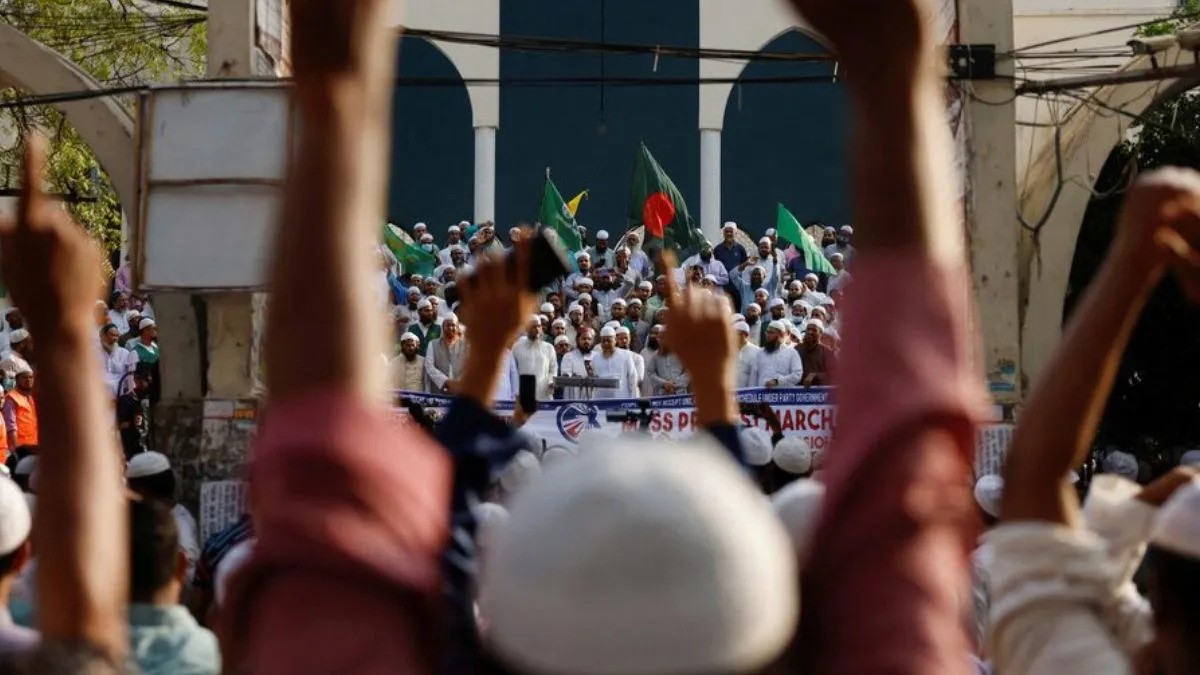)
)
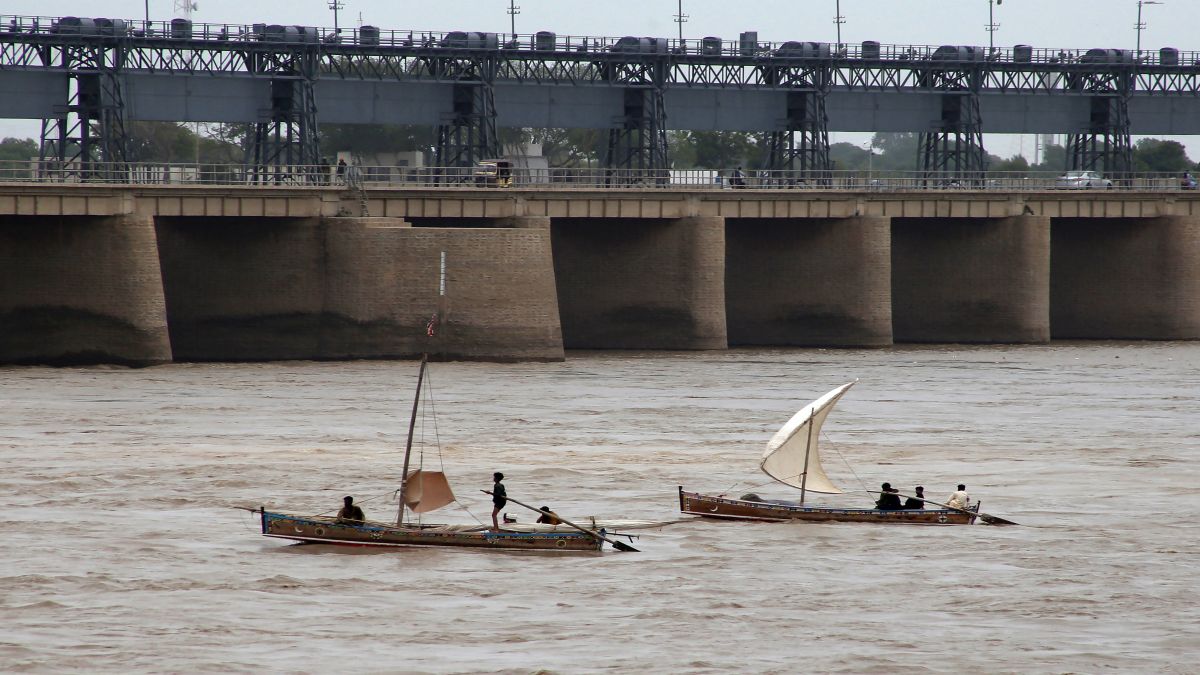)
)
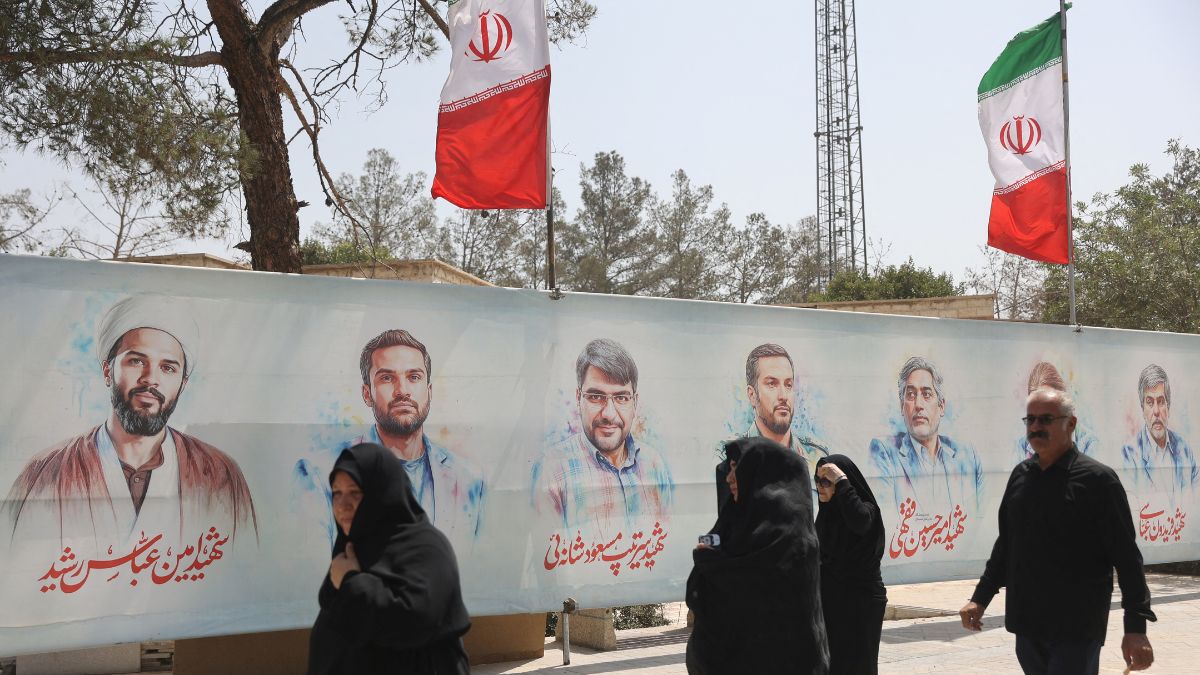)
)
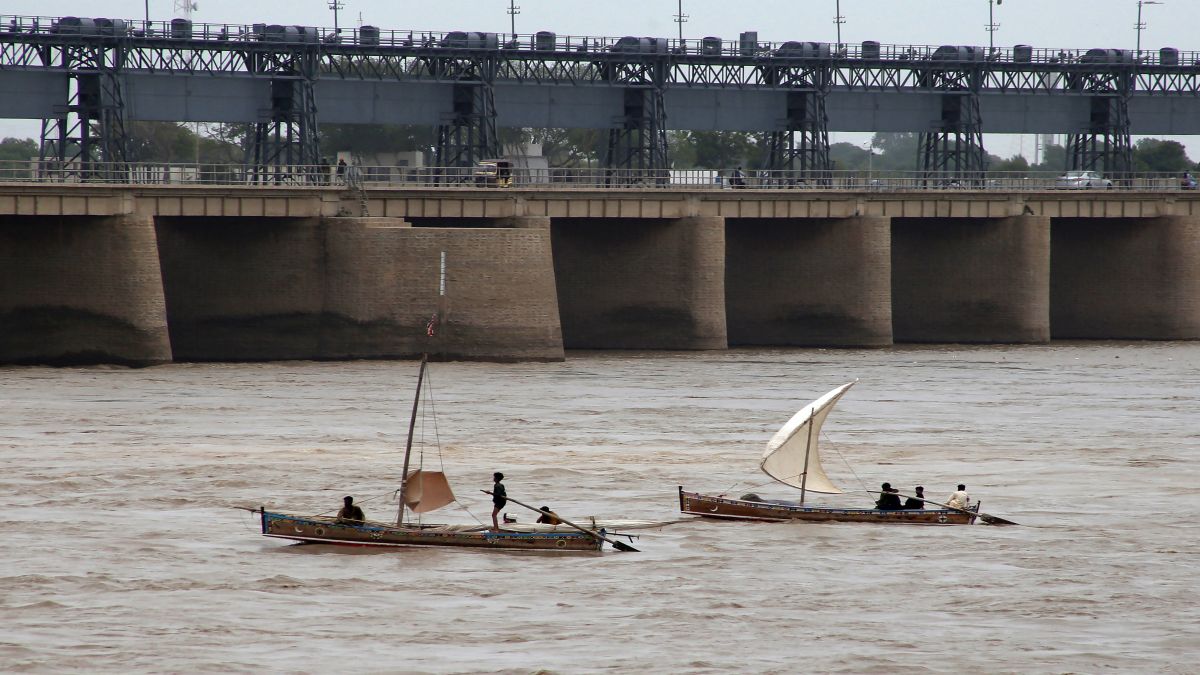)
)
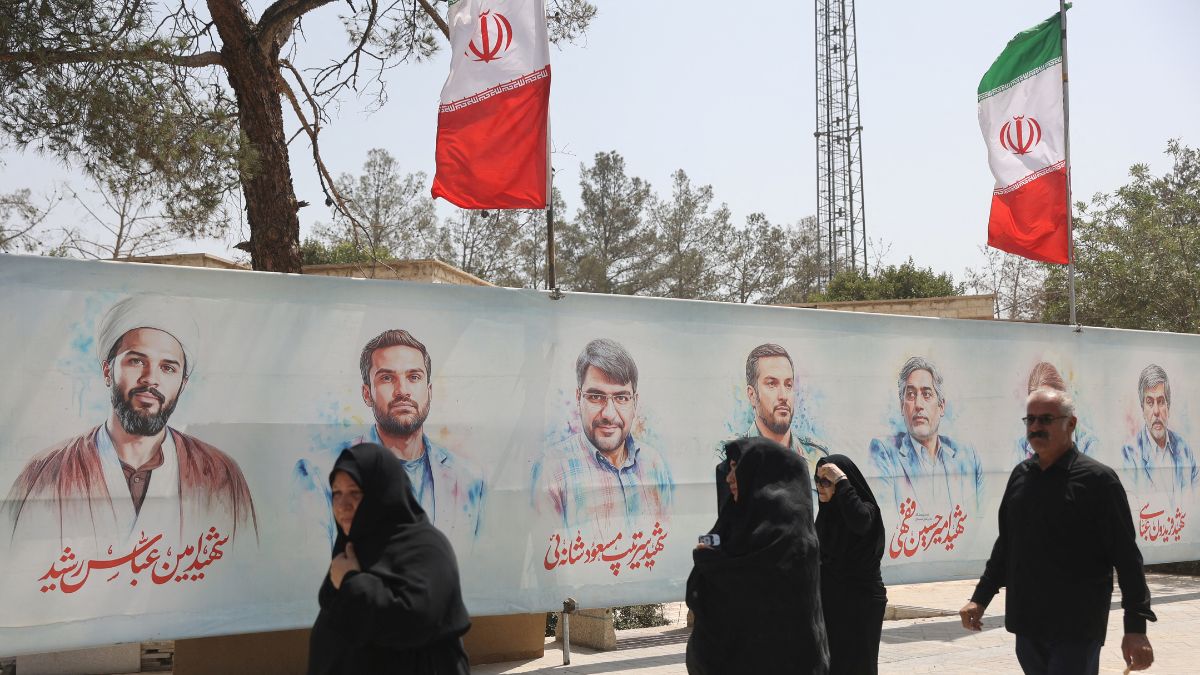)



